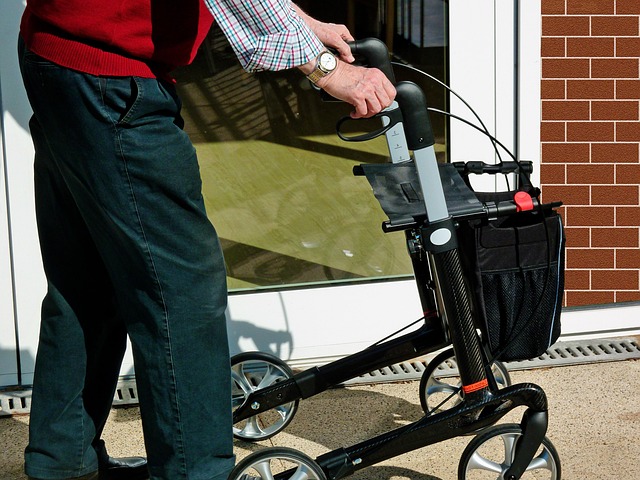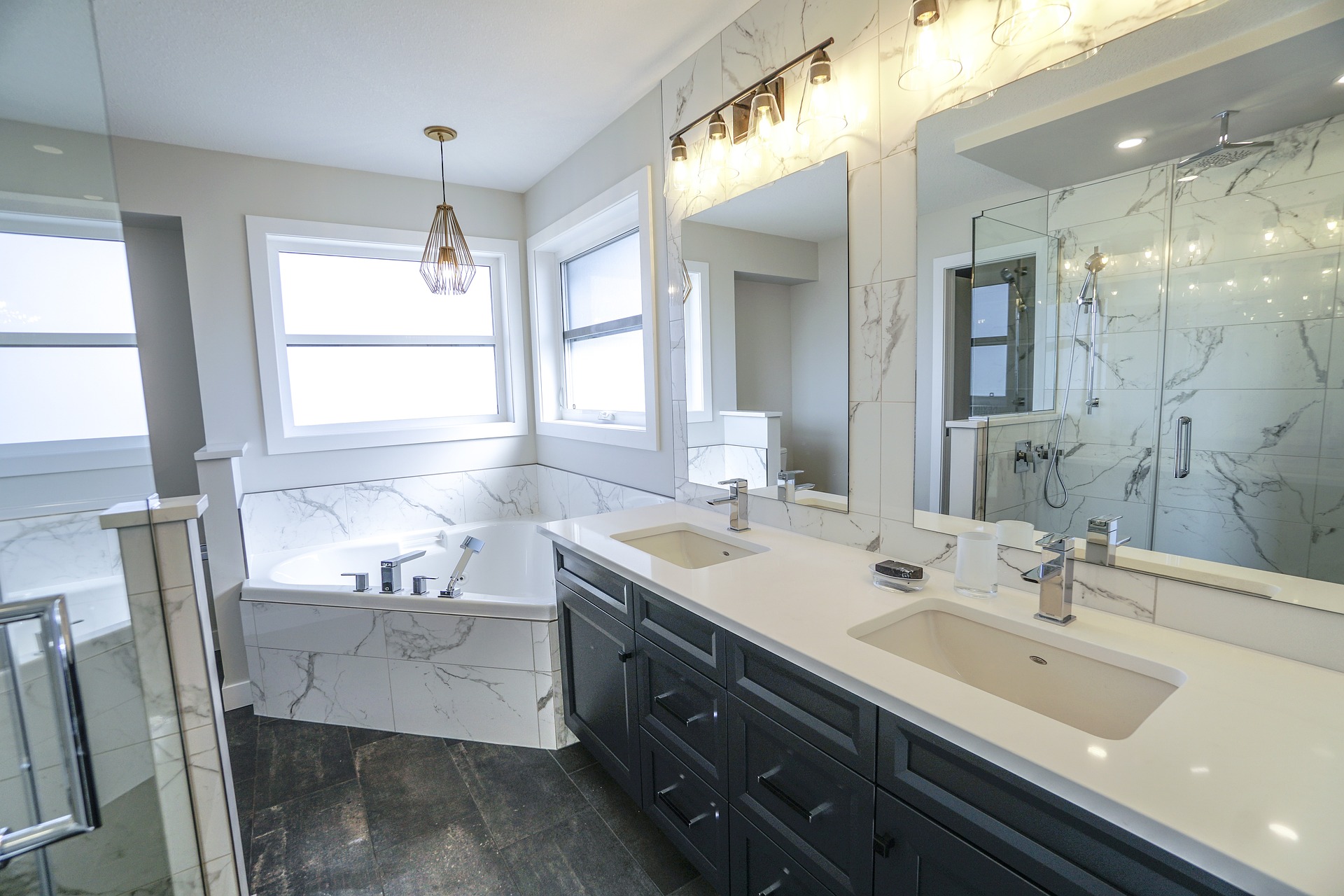Smart and Compact Living: The New Frontier in Senior Housing
As the baby boomer generation enters retirement age, housing preferences are shifting dramatically. Today's seniors are increasingly turning away from traditional retirement communities in favor of smarter, more compact living solutions that better suit their desired lifestyle. This new wave of senior housing focuses on efficiency, sustainability, and immediate move-in readiness, allowing older adults to downsize without sacrificing comfort or independence.

Why Seniors Are Embracing Smart and Compact Homes
The transition toward smaller, more manageable living spaces represents a significant shift in how seniors approach retirement housing. Many older adults find that after children have moved out, maintaining a large family home becomes both physically demanding and financially burdensome. Smart, compact homes offer an appealing alternative by providing just enough space without the overwhelming maintenance requirements. These residences typically feature single-level layouts, wider doorways, and accessible bathrooms—design elements that support aging in place while maintaining independence.
Additionally, compact homes generally come with lower utility costs, reduced property taxes, and minimal yard maintenance. For seniors living on fixed incomes, these economic advantages make compact housing particularly attractive. Many retirees also appreciate how downsizing encourages them to declutter and focus on experiences rather than possessions, aligning with a more minimalist approach to their retirement years.
The Appeal of Move-In Ready Housing Options
One of the most significant advantages of modern senior housing solutions is immediate move-in readiness. After decades of handling home repairs and renovations, many seniors specifically seek housing options that eliminate these concerns. Move-in ready properties allow retirees to transition smoothly without the stress, physical strain, or financial burden of renovation projects.
These turnkey homes typically come with modern appliances, updated fixtures, and fresh finishes—all selected with senior comfort and safety in mind. Smart home technologies are often integrated, offering features like voice-activated lighting, remote temperature control, and security systems that can be monitored from a smartphone. For seniors with health concerns or mobility limitations, these technological enhancements provide both convenience and peace of mind.
Exploring the New Era of Comfortable Retirement Living
Today’s retirement housing extends far beyond the clinical-feeling nursing homes or isolated communities of previous generations. Modern senior living embraces comfort, community integration, and lifestyle enhancement. Developers are creating vibrant neighborhoods with mixed-age residents while still incorporating senior-friendly features.
Many new retirement communities are strategically located near medical facilities, shopping centers, and recreational opportunities. This proximity to essential services helps seniors maintain independence longer by reducing transportation challenges. Community designs increasingly include shared spaces like gardens, walking paths, and gathering areas that foster social connection—a crucial factor in maintaining mental health during the aging process.
The aesthetic approach has also evolved significantly, with contemporary designs replacing institutional appearances. Today’s senior housing often features open floor plans, abundant natural light, and high-quality finishes that feel more like upscale residences than healthcare facilities. This attention to design dignity acknowledges that retirees deserve beautiful spaces regardless of their age or care needs.
The Role of Prefab Bungalows in Revolutionizing Senior Living
Prefabricated bungalows have emerged as a game-changing option in senior housing. These homes combine affordability with customization, allowing seniors to design spaces that perfectly suit their needs without breaking their retirement budgets. The factory-controlled construction process ensures consistent quality while significantly reducing building time compared to traditional construction methods.
Prefab bungalows typically feature single-level designs with wide doorways, zero-step entries, and other accessibility features seamlessly integrated into the architecture. Many manufacturers offer customization options specifically targeting senior needs, such as grab bars that double as attractive towel racks, adjustable-height countertops, and bathrooms designed for wheelchair accessibility.
Another advantage is the sustainability factor. Modern prefabricated homes often incorporate energy-efficient features like superior insulation, high-performance windows, and efficient HVAC systems. These elements not only reduce environmental impact but also result in lower monthly utility bills—an important consideration for seniors on fixed incomes.
Cost Considerations for Modern Senior Housing Options
When evaluating modern senior housing options, understanding the financial implications is essential for making informed decisions. Costs vary significantly depending on location, size, amenities, and whether the home is part of a managed community.
| Housing Type | Average Price Range | Monthly Fees | Key Features |
|---|---|---|---|
| Prefab Bungalows | $100,000 - $250,000 | $0-$200 | Customizable, quick installation, energy efficient |
| Smart Compact Homes | $180,000 - $350,000 | $0-$300 | Technology integration, minimal maintenance, modern designs |
| Senior Community Cottages | $150,000 - $400,000 | $300-$1,200 | Amenities, services, community activities |
| Urban Senior Apartments | $1,500-$3,500/month (rent) | Included in rent | Centralized location, building security, included maintenance |
Prices, rates, or cost estimates mentioned in this article are based on the latest available information but may change over time. Independent research is advised before making financial decisions.
Beyond purchase prices, seniors should consider ongoing expenses like property taxes, homeowners association fees, utilities, and maintenance costs. Some communities include services like lawn care and exterior maintenance in their monthly fees, while others charge additionally. Smart homes may have higher initial costs but can generate long-term savings through energy efficiency and reduced maintenance needs.
Balancing Independence with Support Services in Senior Housing
The most successful senior housing models balance independence with appropriate support systems. While maintaining autonomy remains a top priority for most seniors, having access to assistance when needed provides essential security. Many modern compact housing developments offer tiered service options, allowing residents to pay only for the support they currently need while having additional services available if circumstances change.
Common support services include transportation assistance, meal delivery options, housekeeping, and emergency response systems. Some communities provide healthcare coordination or visiting wellness professionals. This flexible approach allows seniors to age in place more effectively, potentially avoiding or delaying moves to more restrictive care environments.
The psychological benefits of this balanced approach are significant. Knowing that help is available if needed reduces anxiety for both seniors and their families, while the emphasis on independence preserves dignity and self-determination. This “just enough” support model represents one of the most important innovations in modern senior living philosophy.




